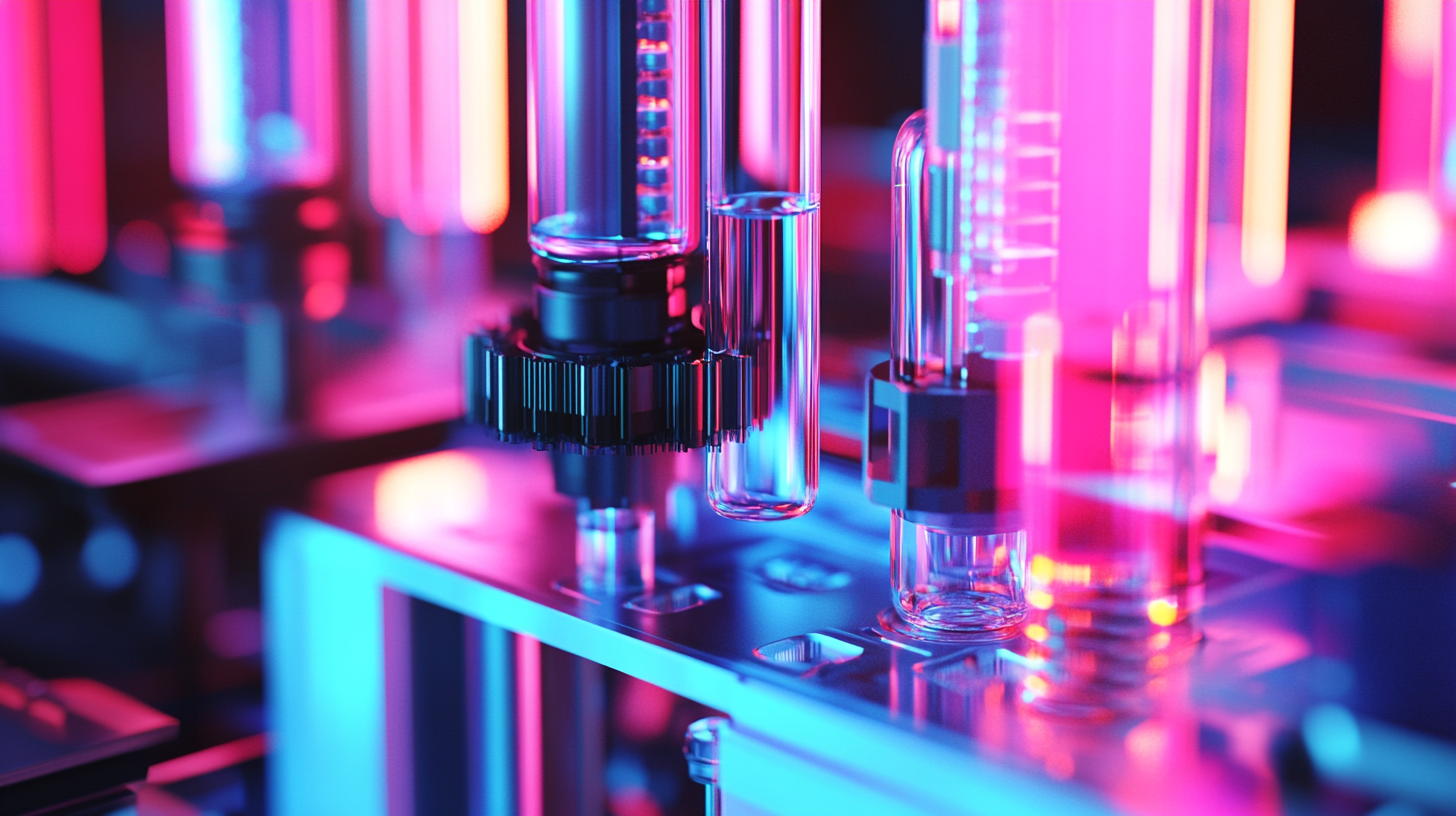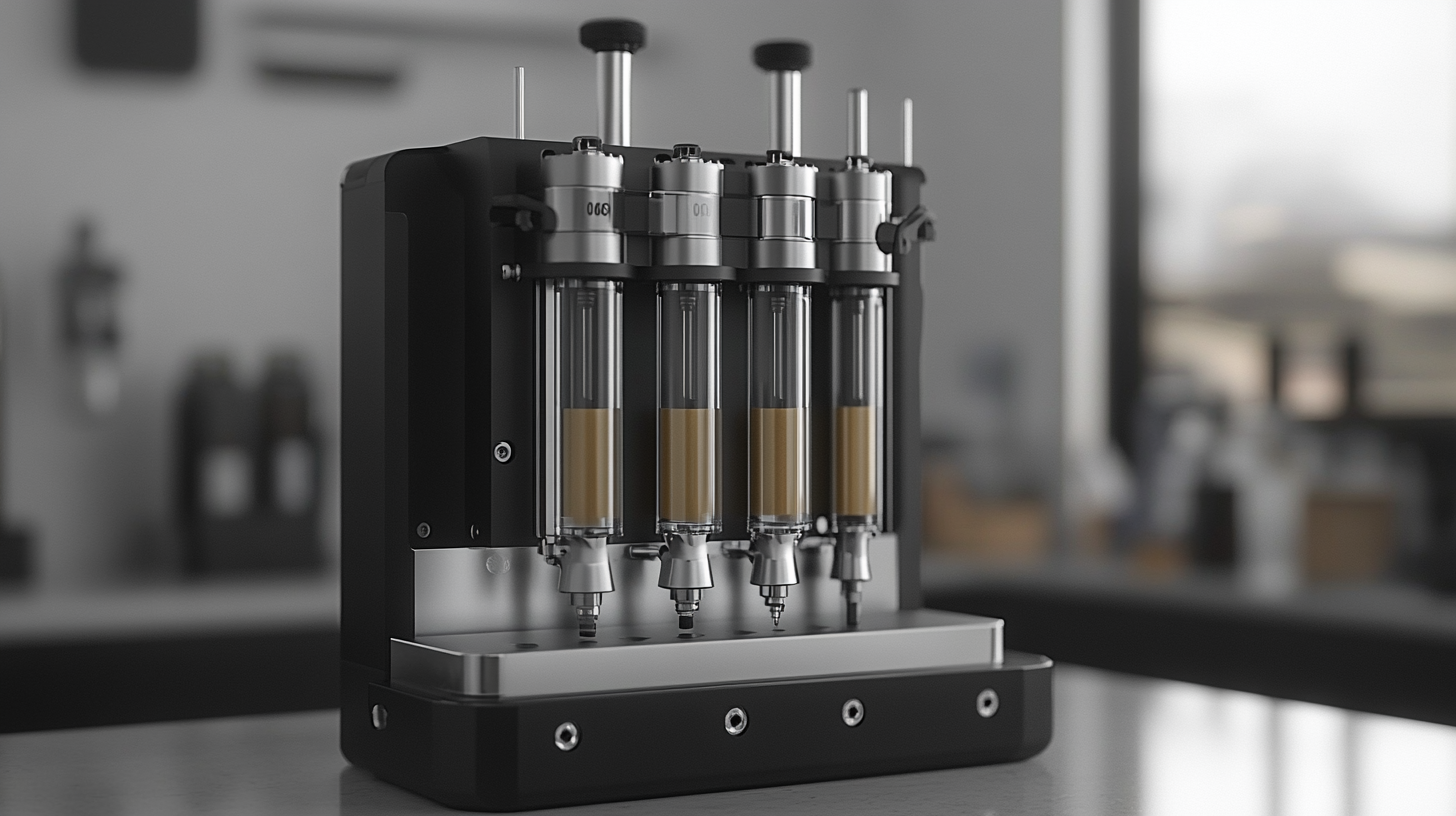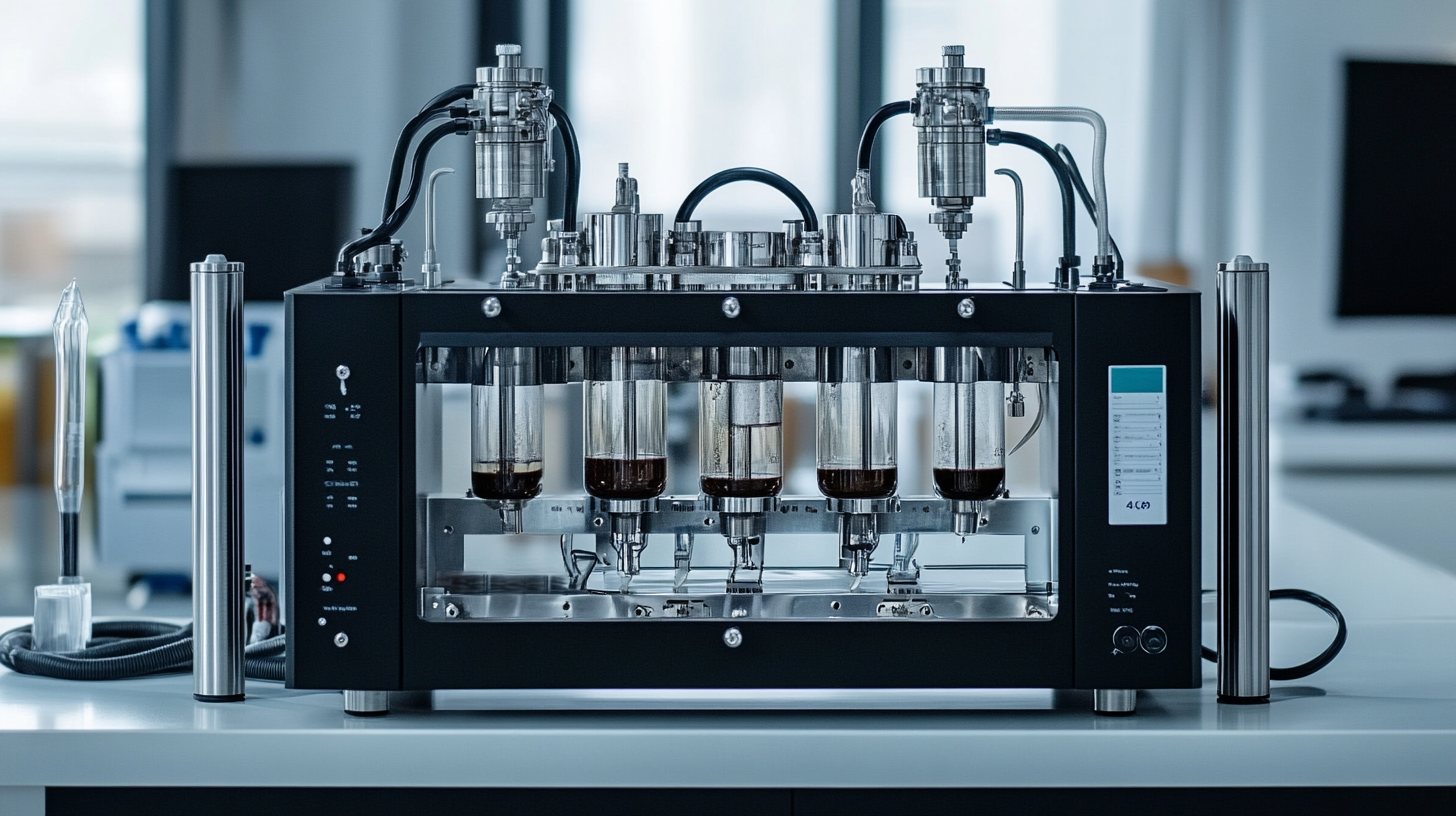Automated Dispensing Robot Videos
A World of Robotic Dispensing and Assembly SolutionsMastering Liquid Dispensing Equipment: A Comprehensive Guide for Global Buyers
In the rapidly evolving landscape of manufacturing and product formulation, Liquid Dispensing Equipment has become an indispensable tool for ensuring precision and efficiency. According to a recent report by Allied Market Research, the global liquid dispensing equipment market is projected to reach $10.6 billion by 2026, growing at a compound annual growth rate (CAGR) of 5.1% from 2020. This growth is driven by increased demand across various sectors, including pharmaceuticals, cosmetics, food and beverage, and automotive, where accuracy in liquid transfer is paramount for product quality and operational efficiency.
As businesses strive for optimized production processes and tighter quality control, understanding the nuances of liquid dispensing technology is crucial for global buyers. With diverse applications ranging from simple adhesive dispensing to complex automated systems, choosing the right liquid dispensing equipment can significantly impact productivity and cost-effectiveness. This comprehensive guide aims to equip potential buyers with vital insights and practical knowledge to navigate the complexities of liquid dispensing systems, ensuring informed decisions that align with their specific operational needs.

Understanding the Basics of Liquid Dispensing Equipment for Efficient Operations
Liquid dispensing equipment plays a crucial role in various industries, ranging from pharmaceuticals to food and beverage processing. Understanding the basics of this equipment is essential for ensuring efficient operations and achieving desired outcomes. At its core, liquid dispensing equipment is designed to accurately measure and dispense liquids, which can significantly impact production efficiency and product quality. Familiarizing yourself with the different types of dispensing systems, such as pumps, valves, and flow meters, is the first step in mastering their applications. When selecting liquid dispensing equipment, it's important to consider factors such as the viscosity of the liquid, the required flow rate, and the specific industry regulations. Each type of liquid has unique properties that can influence the functionality of the dispensing system. For instance, thicker liquids may require specialized pumps to prevent clogging and ensure consistent flow. Additionally, understanding the importance of proper calibration and maintenance is vital. Regular checks and adjustments not only prolong the lifespan of the equipment but also enhance accuracy, reducing waste and preventing production downtime. Furthermore, technology advancements have led to the development of smart dispensing systems equipped with sensors and automated controls. These innovations allow for real-time monitoring and adjustments, enhancing precision and efficiency. By embracing these technological upgrades, businesses can streamline their operations while ensuring compliance with safety and quality standards. Thus, a solid foundation in the fundamentals of liquid dispensing equipment sets the stage for optimizing operational processes and achieving long-term success.

Key Features to Consider When Choosing Dispensing Equipment for Your Business
When selecting liquid dispensing equipment for your business, there are several key features that can significantly impact efficiency and operational effectiveness. The first aspect to consider is the accuracy of the dispensing system. High-precision equipment minimizes waste, ensuring that you dispense the right amount of liquid every time. This is particularly crucial for industries where exact measurements are vital, such as pharmaceuticals or food production.
Another important feature is the ease of use and maintenance of the device. Equipment that is user-friendly can significantly reduce training time for your staff, while designs that facilitate straightforward cleaning and upkeep can save your business both time and money in the long run. Furthermore, look for equipment with durable construction, as this can lead to longer service life and fewer replacements.
Additionally, compatibility with various liquid types is essential. Versatile dispensing systems can handle a wide range of viscosities, ensuring that you can adapt to different products as your business evolves. Finally, consider the equipment’s capabilities for automation and integration with your existing production lines. An automated solution can enhance productivity and lower labor costs, making it a worthwhile investment for any business looking to optimize its liquid dispensing processes.

Comparative Analysis of Different Types of Liquid Dispensing Systems
When evaluating liquid dispensing systems, it's essential to understand the different types available in the market, each designed to meet specific needs across various industries. Traditional gravity-fed dispensers offer simplicity and reliability, making them ideal for low-viscosity liquids. However, they may lack precision, which is critical in applications where exact measurements are necessary. Alternatively, positive displacement pumps provide accurate volume control, making them the preferred choice for high-viscosity liquids or when precise dosing is required.
Another popular option is the peristaltic pump, which is highly versatile and offers minimal risk of contamination, as the liquid only comes into contact with the tube. This makes it suitable for sterile applications, such as in the pharmaceuticals sector. On the other hand, electronic dispensing systems are increasingly favored for their automation capabilities and integration with digital inventory management systems. These systems not only enhance the accuracy of dispensing but also improve overall efficiency by reducing time spent on manual processes.
In choosing the right liquid dispensing equipment, global buyers should consider factors such as the liquid's viscosity, the precision needed, and the specific application requirements. Conducting a comparative analysis of these systems will empower buyers to make informed decisions tailored to their operational needs, ensuring optimal performance and cost-effectiveness in the long run.

Maintaining and Troubleshooting Liquid Dispensing Equipment Effectively
Maintaining and troubleshooting liquid dispensing equipment is crucial for ensuring optimal performance and longevity in various applications. Effective maintenance begins with regular inspections, which can prevent minor issues from evolving into significant problems. It's essential to check for leaks, monitor flow rates, and ensure that all seals and connections are secure. Keeping the equipment clean from any residue or buildup not only promotes efficiency but also enhances the quality of the dispensed liquid, whether it’s lubricants, detergents, or fabric softeners.
When it comes to troubleshooting, having a systematic approach is key. If the dispensing equipment malfunctions, refer to the manufacturer's guidelines for quick diagnostic procedures. Common issues such as inconsistent flow or blockages can often be resolved with simple adjustments or cleaning. Additionally, understanding the specific characteristics of the liquids being dispensed—like their viscosity and chemical composition—can aid in selecting the right equipment configurations and maintenance routines. With proper care, liquid dispensing systems can operate smoothly, helping to facilitate processes in both industrial and domestic settings, from laundry to automotive applications.
Future Trends and Innovations in Liquid Dispensing Technology for Global Markets
The global landscape for liquid dispensing technology is evolving rapidly, driven by innovations and a heightened focus on sustainability. According to the latest forecasts, the liquid nitrogen market is expected to grow significantly, with an estimated CAGR of over 5.8% from 2024 to 2032, positioning it as a burgeoning sector within various industries. This growth can be attributed to the increasing applications of liquid nitrogen, particularly in the food preservation and pharmaceutical sectors, highlighting the critical role of effective liquid dispensing solutions.
As the demand for high-performance materials rises, the development of advanced liquid dispensing technologies becomes imperative. Reports indicate that advancements in vacuum degassing and innovative cooling methods are becoming essential in manufacturing processes. The trend toward eco-friendly solutions, including biodegradable liquids, is driving research and development in the sector, reflecting a broader shift toward sustainability in industrial practices.
Moreover, the integration of satellite communications within the liquid dispensing industry is emerging as a pivotal innovation. This technological advancement allows for improved data transmission and connectivity, enhancing operational efficiency across global markets. The convergence of high-tech solutions within liquid dispensing also opens new avenues for businesses looking to optimize their processes and respond to the evolving demands of consumers. As such, staying abreast of these trends and innovations is crucial for global buyers navigating this complex landscape.

